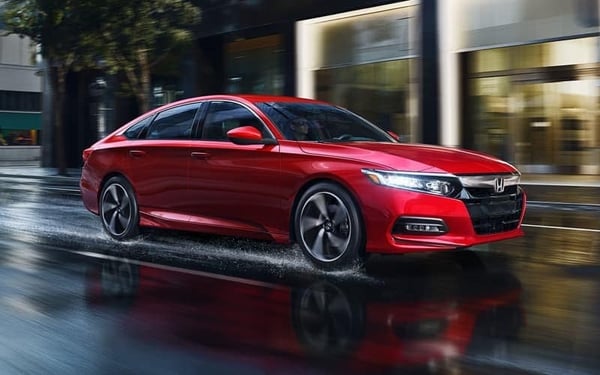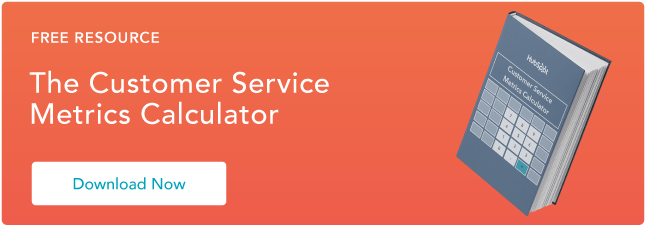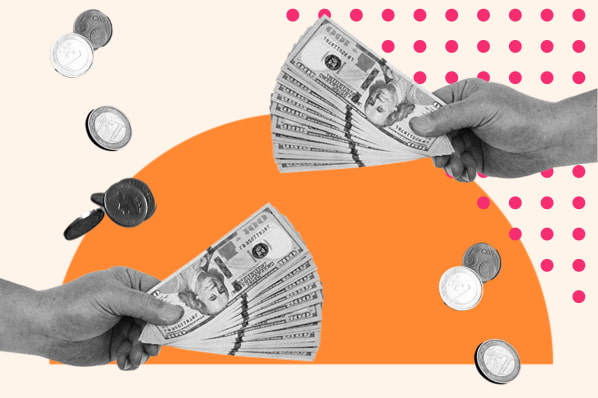While there probably won’t be a definitive sweet spot for appealing to consumers when it comes to pricing, there is a tactic that can give you the flexibility to appeal to both high- and low-end consumers simultaneously called “price lining.”
Price lining comes with its fair share of both benefits and potential pitfalls. It allows businesses to consolidate advertising costs and total overhead by focusing specifically on single products or brands. However, it often doesn’t account for economic fluctuations and shifts and purchasing patterns that may drive consumers to be more inclined to spend less.
Though it might not be the best strategy for pricing every product or service in any situation, it can still be a very effective means of driving revenue from a wide variety of buyers.
Even if the strategy doesn’t end up suiting your business, it’s still worth having some concept of what it is and how to do it. In this article, I’ll shed some light on what price lining is, offer some examples, and give you some tips on how to do it right.
Price Lining Examples
Price lining has a presence in a variety of industries across a wide range of products. One of better, more familiar examples of the practice comes from Apple.
When Apple introduces a new iteration of the iPhone, it generally unveils more than one model. For instance, both the iPhone 11 and iPhone 11 Pro were released at the same time. The Pro model boasted more features and capabilities than its standard counterpart and, fittingly, was billed at a higher price point.
That’s price lining in a nutshell. Two versions of the same product were introduced — one with premium features and one without — for different prices.
For some buyers, the premium model is enticing. They’re happy to pay more under the assumption that they’re getting a better product. Others are drawn to the standard model. These buyers are willing to take a lower quality product because they feel they’re getting a better deal.
Car manufacturers provide another example. There are typically different versions of individual car models available for different prices. For example, in 2018 Honda offered two models of the 2019 Accord — LX and EX — at different price points.

Source: Honda of New Rochelle
The LX is the base model. It comes with a key ignition system, regular seats, and standard safety features. The EX model is the luxury edition. It has a push-to-start ignition system, heated seats, and enhanced safety features including technology to help with lane switching.
Both models are still Honda Accords, but they’re different enough to reasonably be released at different price points. Ultimately, they’ll probably attract different buyers with different budgets and different spending priorities.
Price Lining Strategy
Price lining rests upon creating the perception of premium quality — the idea that a higher price point should mean a higher caliber product.
Your more expensive model or service has to have enough extra features or benefits to differentiate it from its baseline counterparts. Buyers interested in the premium model need to believe their money is going to a fundamentally better product or service. This often means offering legitimate upgrades to essential components — not just extra bells and whistles.
For instance, the iPhone 11 Pro has longer battery life and a more powerful processor than the regular iPhone 11 — not just extra, more superficial features like additional cameras.
Also, it may seem painfully obvious, but you need to be mindful of pricing when price lining. You want to be able to appeal to two different kinds of buyers — those who prioritize value and those who prioritize quality. That means setting two separate prices that are different enough from one another to appeal to both sides.
Price lining is based on the idea that consumers enjoy having choices. If you’re pricing a new gaming console with a premium model that costs $510 and a standard model that costs $500, it will seem like you’re offering two borderline indistinguishable options.
You might miss out on both high-end buyers who would be willing to pay considerably more for a premium model and budget-conscious buyers who won’t see your standard model as much of a bargain.
That being said, if your high-end model or service is outrageously overpriced, buyers may see it as frivolous or unnecessary. Products and services are only worth what people are willing to pay for them. Understand that when setting your price points.
Buyers like having choices. They want to purchase products and services that suit them personally. If you can lead a buyer to believe their product has an option that’s designed for their priorities with a price that works within their budget preferences, you can land their business. Price lining is one way to create that perception and get buyers on board with your product.
Pricing Strategy
.png?width=112&height=112&name=Image%20Hackathon%20%E2%80%93%20Vertical%20(45).png)
-1.jpg)







![Price Skimming: All You Need To Know [+ Pricing Calculator]](https://53.fs1.hubspotusercontent-na1.net/hubfs/53/price-skimming-strategy.jpg)

.jpg)
![B2B Pricing Models & Strategies [+ Pros and Cons of Each]](https://53.fs1.hubspotusercontent-na1.net/hubfs/53/b2b-pricing-models-and-strategies.jpg)